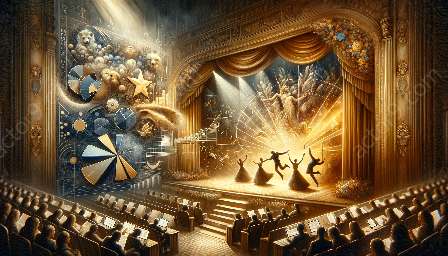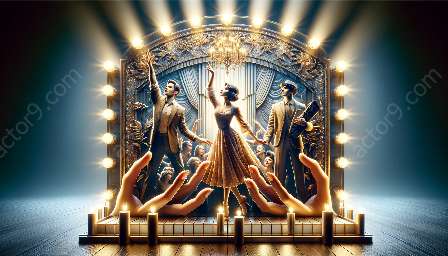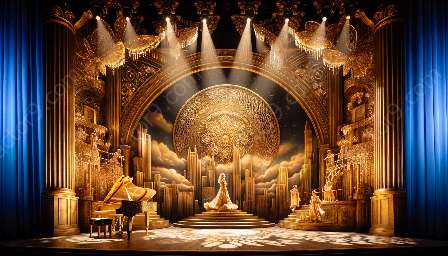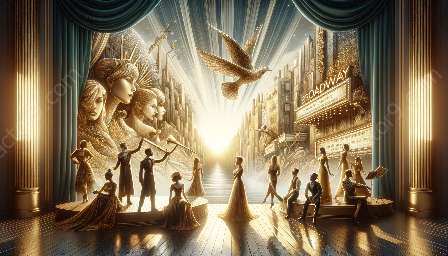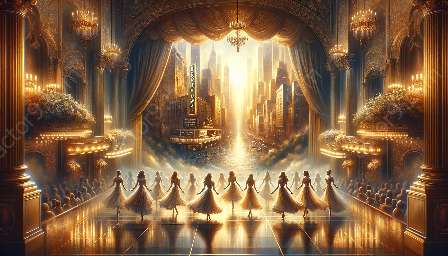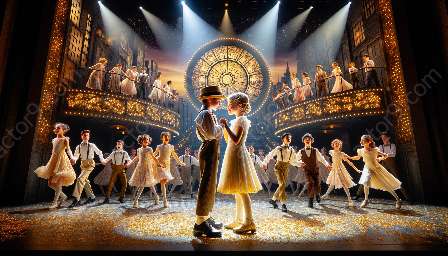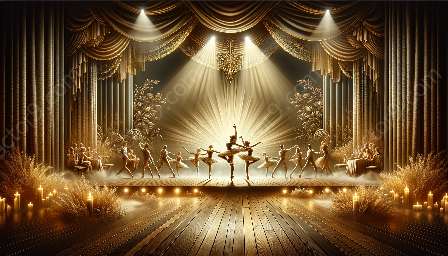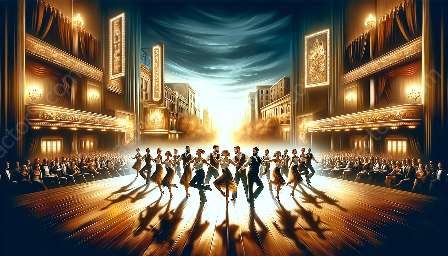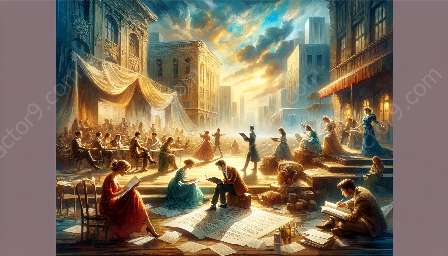Choreography plays a crucial role in the world of musical theater, influencing the storytelling, character development, and overall impact of performances. It contributes to the visual spectacle and emotional resonance of musicals, making it an integral element of the genre. In this article, we will delve into the various aspects of choreography in musical theater, exploring its significance, influence on different musical theater genres, and its pivotal role in defining the magic of Broadway productions.
The Role of Choreography in Musical Theater
Choreography serves as a powerful storytelling tool in musical theater, with its ability to convey emotions, express character traits, and advance the plot through movement and dance. It adds depth and dimension to the characters, allowing them to communicate with the audience in a compelling and dynamic manner. Through choreographed sequences, performers can express joy, sorrow, love, and conflict, enhancing the audience's connection to the narrative.
Enhancing the Spectacle and Emotion
One of the key functions of choreography in musical theater is to enhance the visual spectacle of the performance. The synchronization and coordination of dance movements contribute to the overall aesthetic appeal, creating captivating and memorable moments on stage. Additionally, choreography is instrumental in evoking a range of emotions, intensifying the impact of pivotal scenes and musical numbers.
Impact on Character Development
Choreography plays a pivotal role in shaping and defining characters in musical theater. It provides insights into their personalities, motivations, and relationships through the physical language of dance. The movement styles, gestures, and interactions within choreographed sequences offer valuable glimpses into the inner world of the characters, enriching the audience's understanding and connection to the story.
Styles of Choreography
The significance of choreography in musical theater is further underscored by the diverse range of styles employed. From classical ballet and jazz to contemporary and culturally influenced forms, each style brings its own unique flavor and impact to the stage. The ability to seamlessly integrate various choreographic styles adds depth and richness to musical productions, catering to the diverse tastes and preferences of audiences.
Choreography in Different Musical Theater Genres
The role of choreography varies across different musical theater genres, adapting to the specific themes and storytelling approaches of each genre. For example, in classic musicals, choreography often embodies a sense of nostalgia and elegance, reflecting the period in which the story is set. In contrast, modern and contemporary musicals may feature more eclectic and innovative choreographic styles, mirroring the evolution of artistic expression.
Choreography on Broadway
Broadway productions stand as epitomes of musical theater excellence, and choreography plays a central role in defining their success. Choreographers contribute to the iconic nature of Broadway performances by creating visually stunning and thematically resonant dance sequences. Their work elevates the grandeur and allure of Broadway, showcasing the artistry and creativity that captivate audiences worldwide.
Conclusion
The significance of choreography in musical theater cannot be understated, as it shapes the narrative, enriches characters, and elevates the overall theatrical experience. Its influence extends across different musical theater genres, contributing to the diverse and vibrant landscape of Broadway and beyond. Whether it's the graceful movements of a classic musical or the bold innovation of a contemporary production, choreography remains an indispensable element that continues to captivate and inspire audiences.










